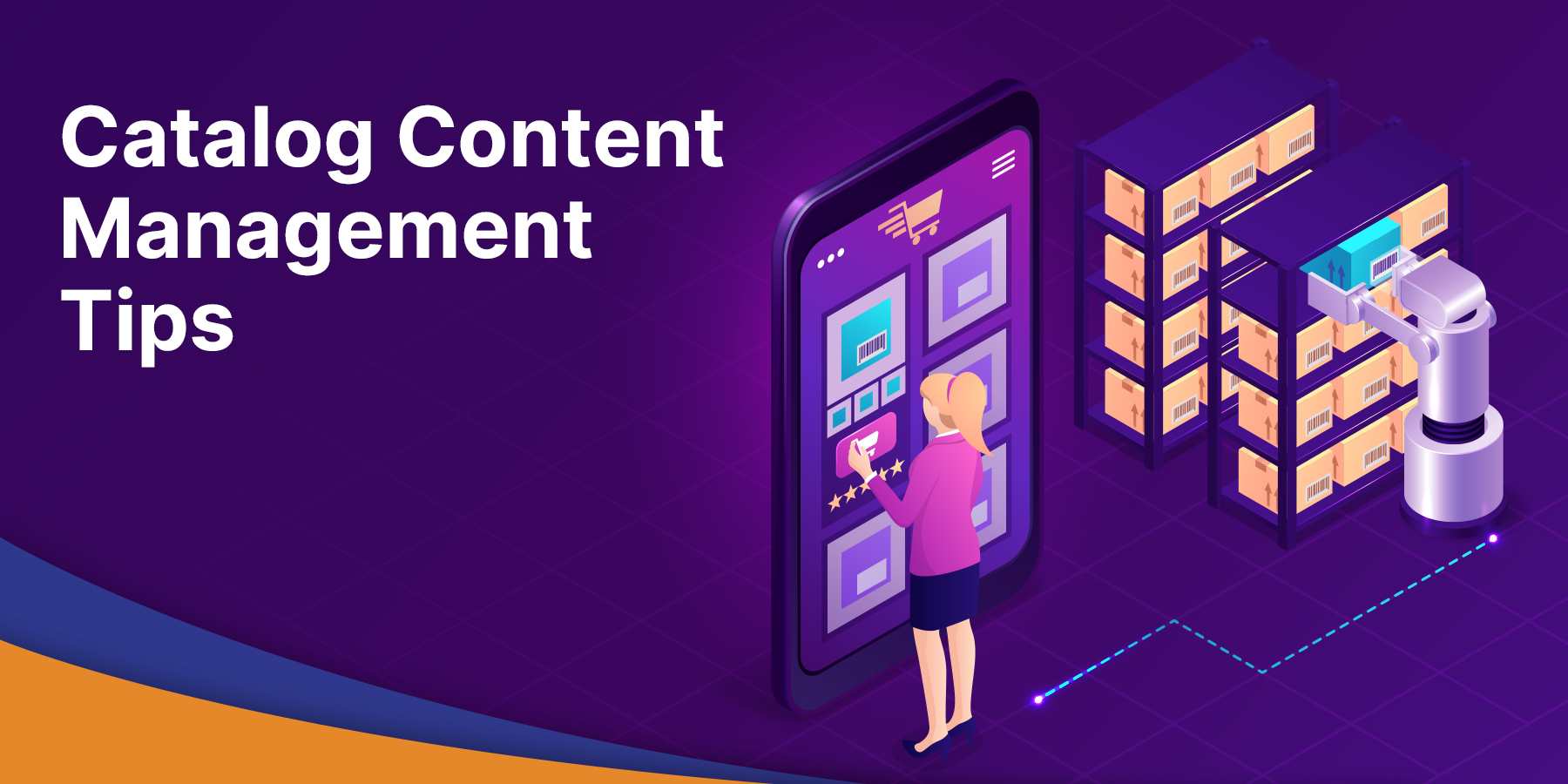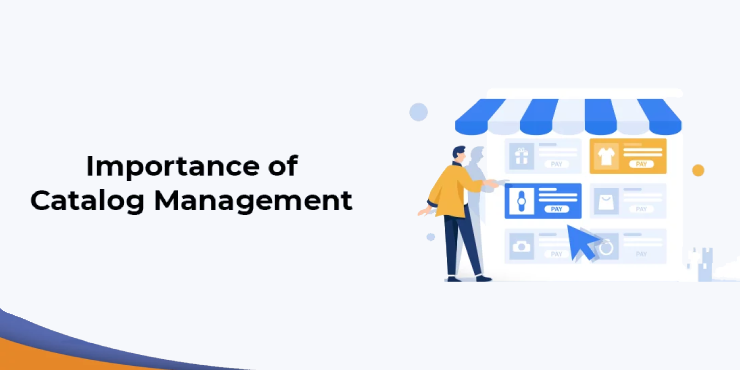
When it comes to providing a delightful online shopping experience, it’s important to understand the art of eCommerce catalog management.
Yes – we said it. Catalog management is like an art where you have to be thoughtful and customer-centric to deliver comprehensive and accurate product information.
When done right, it can help you emerge as a credible brand and boost your sales.
The What’s and Why’s of Catalog Management
Catalog management is a dynamic process where the products are managed in a standard format to ensure high-quality and consistent data across different sales channels.
An eCommerce catalog offers product names, price, supplier information, descriptions, hierarchy and other related details. Within those categories, other details can be organized. For instance, a garment merchant can add details like sleeve length, neckline, pattern, color, style and fit need to help customers find the correct and desired product.
While developing a marketplace model, the success of your eCommerce relies on the quality and functional power of your product catalog management.
If you are a multi-vendor marketplace businessman, you should ensure having a customer-ready, consistent and rich product information on your e-store. It is a must to develop a genuine omnichannel experience for your customers.
Let’s look at some good practices to ensure a successful eCommerce catalog management for your eCommerce business:
Good Practices in eCommerce Catalog Management
SEO-Friendliness
In the present scenario, there’s fierce competition in the eCommerce marketplace. This makes it necessary to handle catalog management in eCommerce in a manner that constantly keeps your business ahead of the competition.
In other words, the products or items copies should be user-friendly, attractive, searchable and grammatically correct to improve customer experience. Your Google-friendly website will help you top the SERP and divert more organic traffic.
Product Information Enrichment
Information is the most important factor in the success of any product. It is like competitive advantage and a tremendous sales asset for retailers who focus on improving the quality of that information. What seems to be general, required steps such as adding using high-resolution images, product videos, and writing high-quality descriptions are normally overlooked while extending the eCommerce space.
An effective and useful product information system is not just about meeting such standards but using tools and processes to make them more effective and efficient. In a nutshell, if you have a properly optimized eCommerce catalog management will boost your sales.
Deploy Product Information Management System (PIMS)
Implementing Product Information Management System (PIMS) is a good deal to simplify your eCommerce catalog management. The PIMS prevents the issues of handling multiple spreadsheets at a single time across different departments.
It also helps one to enlist, manage and centralize their products on multiple sales channels. Helping in resolving the issues in data quality, the PIMS helps retailers to standardize and customize the product information by utilizing various tools, hence, saving a lot of their time. You can also list the same product on different channels by using the PIMS.
Maintain Uniformity While Displaying Product-Related Information
Customers place an order from a website when the UI and navigation of the website are user-friendly. No customer will ever shop from a platform if irritates them or makes them go through so m.
To keep your users engaged, the product information on your website is uniform, well-written, accurate and placed perfectly. This will decrease the bounce rate of your website and help you fatten up your bottom line.
Say No to Plagiarism
Although sometimes it is just more comfortable to copy product data from other websites. Duplicate or plagiarized content will not get attention by search engines, which is you would not want to see happening. Such type of poor information presentation on your e-store can decrease the conversion rate and hurt your online visibility.
Replace the duplicate content with continual improvements and check your product pages and online store from your customer’s perspective to maximize benefits.
Define Structure of Your Website Smartly
If you have a big product catalog, using large menus is an ideal deal. However, it would not be more effective in results if you have limited or a small list of products you provide to your customers.
This is because categorizing the products list can stop your customers from checking and exploring new products in your basket or even find the products they might purchase. So, it is recommended to know your business size carefully. Once known, then it is easier to define the online catalog’s product categories in your e-store.
You should create parent categories along with different sub-categories to help your customers know about your products. Helping your users to use filters based on their needs like the style and product material is a great way to improve customer experience.
Final Words
Maintaining and organizing data is essential for your business success. Investing in eCommerce catalog management is an ideal step to provide an interactive and easy-to-access interface to your customers. Also, it is one of the vital aspects of improving sales.
To develop a functional and optimized eCommerce website, feel free to connect with our team. Vserve experts can help you with product catalog management services and other business process outsourcing solutions. To get details, contact us today!
Interesting posts to read:








